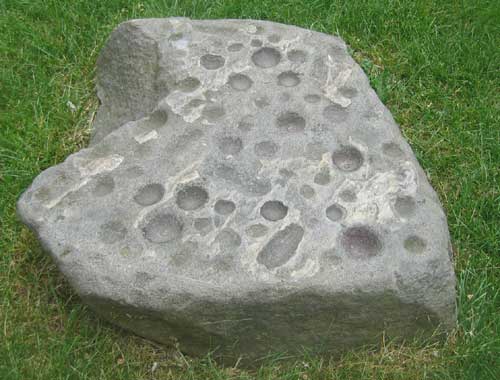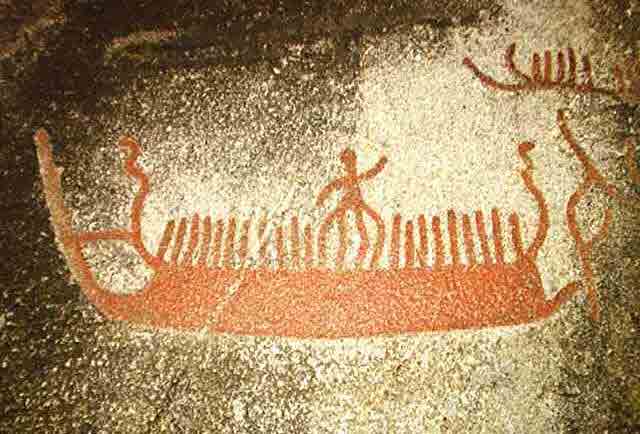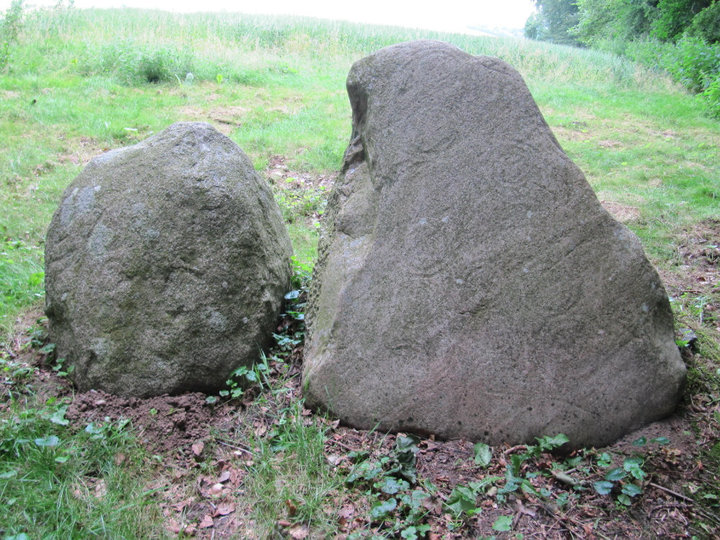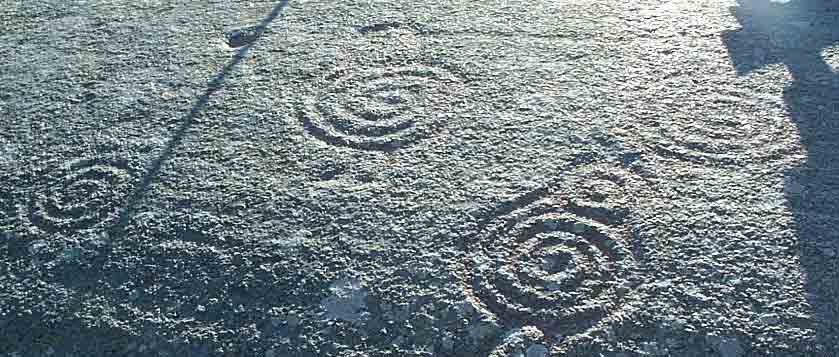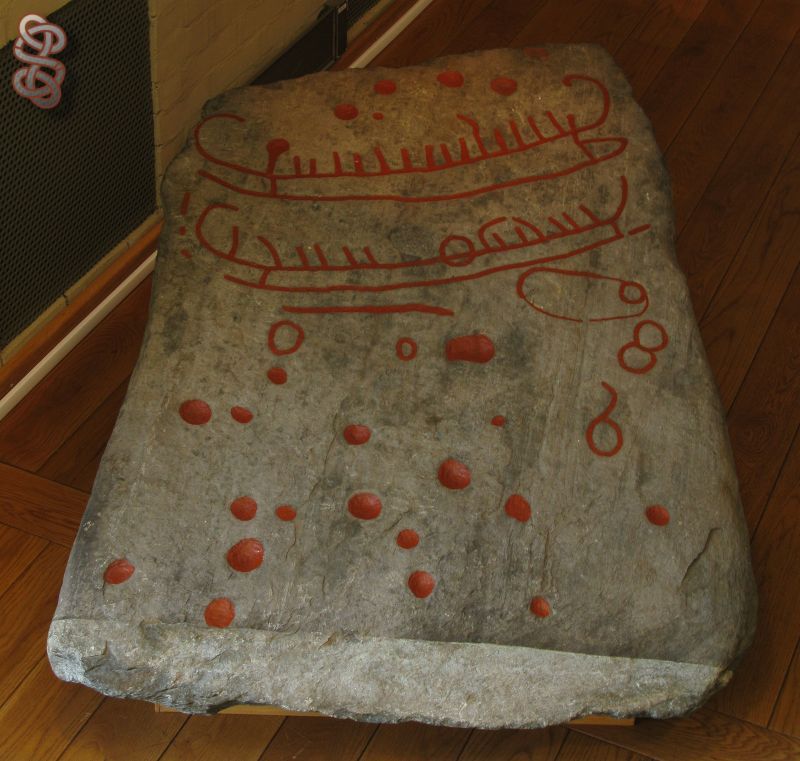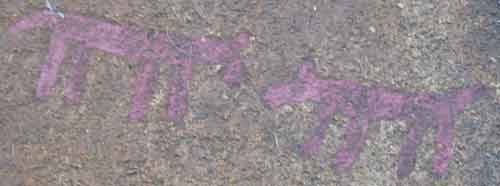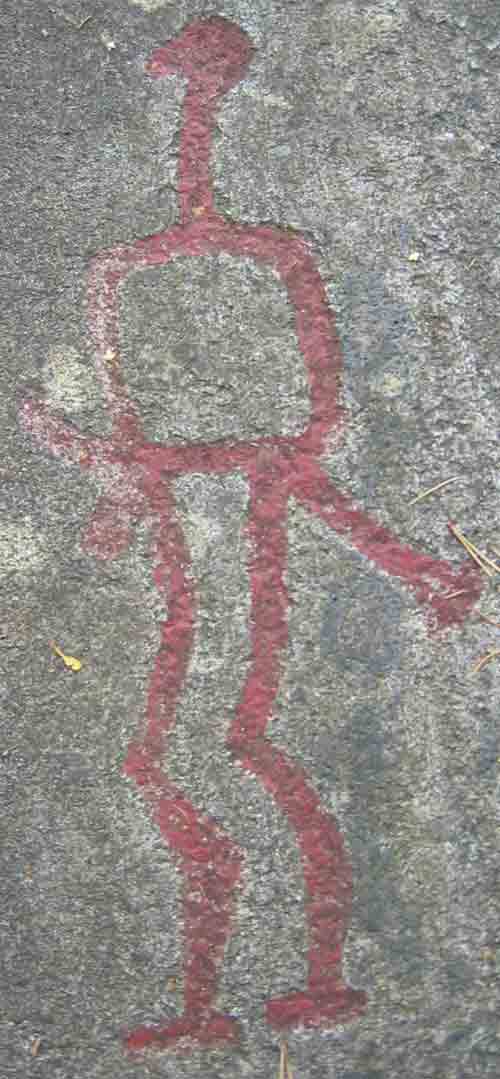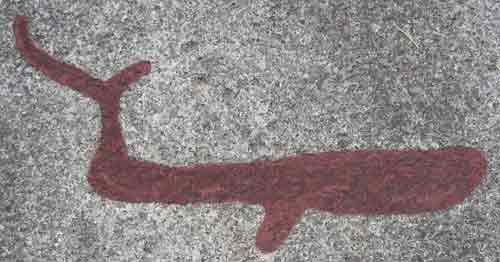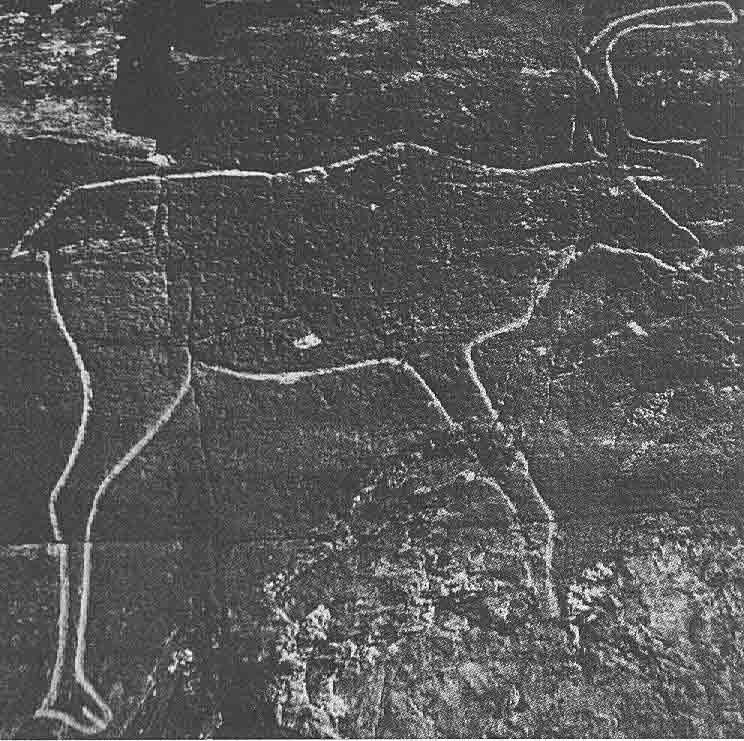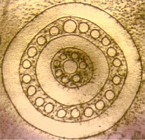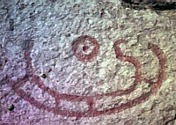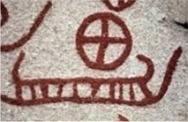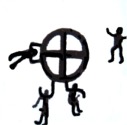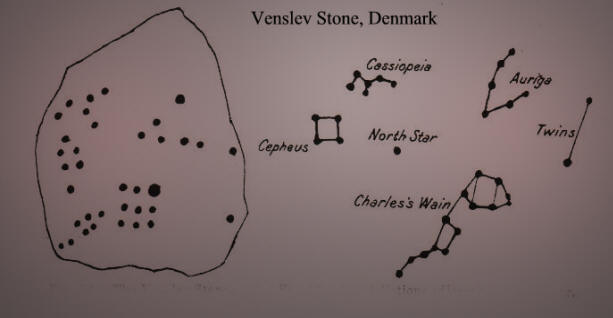Native
Free Natural Philosopher & Comparative Mythologist
Well, this is just my complaints with the Jackson Crawford (and others) explanations of the Norse Creation Myths.I liked the video and I do not see the astronomical connections you make.
We know this myth speaks of at least "3 worlds" and not just 1 as in Midgard, the Earth. We also know that Odin rides in the SKY on his eight legged horse and we even know that the heavenly vault is made of Ymir´s skull, but these mythical descriptions, and others, are not put together into an astronomical scenario and interpretation.
I follow you in this which also were my thoughts for a long time since beginning my specific interests for the global Creation Myths.Norse creation myth with the Muspelheim of fire and Niflheim of ice clearly representing the environmental conditions of those living so far north.
Quote from the Norse Creation Myth:
"Before there was soil, or sky, or any green thing, there was only the gaping abyss of Ginnungagap. This chaos of perfect silence and darkness lay between the homeland of elemental fire, Muspelheim, and the homeland of elemental ice, Niflheim".
Of course this can be compared to the annual rhythms of the Sun and temperature changes and it certainly also have been scholarly suggested too. But the story begins with NOTHING of the present terrestrial or celestial scenarios.
Furthermore:
"Frost from Niflheim and billowing flames from Muspelheim crept toward each other until they met in Ginnungagap. Amid the hissing and sputtering, the fire melted the ice, and the drops formed themselves into Ymir, the first of the godlike but destructive giants" - And all the rest of the initially mentioned deities which forms the Norse Mythical Worlds.
Agreed in the first sentence - but the stars, star constellations and the Milky Way imagery played a big importance in the specific celestial stories, as illustrated in these links:The sun and moon were critical to all northern societies that dealt with agricultural aspects with the milky way providing light during the night but but the stars do not seem to have the significance of the sun and moon.
Rock Art Star Constellations
Rock Art Milky Way Images - (Also resembling the Norse mythical Audhumbla celestial river of milk, a very native and logical way of describing the white Milky Way).
Yes, the planets were in generally just thought as "Wandering Stars" but in historic time they were given names from the Roman Pantheon when the empire adopted Christianity - which has confused lots of historic interpreters and scholars to interpret planets as primary gods and a goddess.There is little about the planetary movements at least in what we have been given in surving myths
I fully agree in this - See more here: Rock Art Celestial PoleThere can be no doubt the were aware of the star patterns and stars like Polaris in the far north must have been significant and I need to look more into this.
Regards
Native
Last edited:

